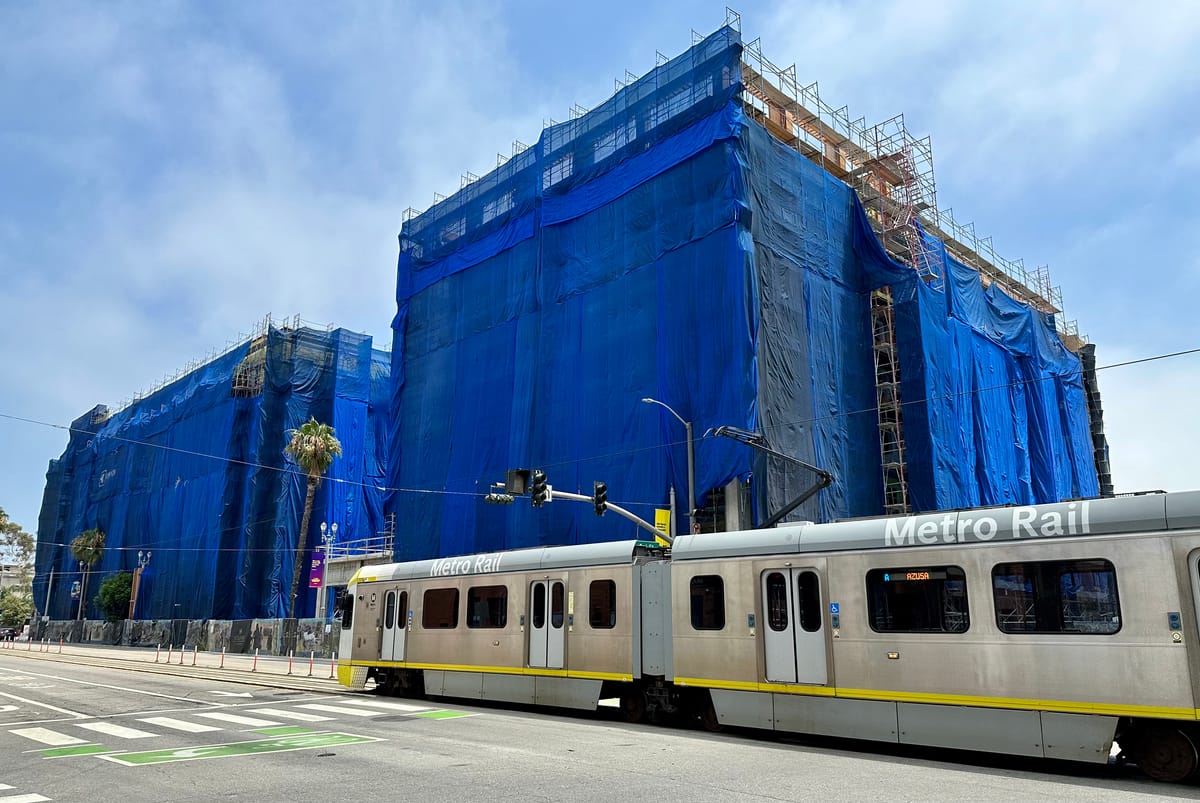Column: To fix the housing crisis, San Diego and other cities are building thousands of homes
It's time for Long Beach to do the same.

The San Diego planning commission recently approved bold new plans to add tens of thousands of homes to job-rich neighborhoods in an effort to address skyrocketing rents and the city’s climate goals.
More than 17,000 new homes will be built in the Hillcrest area just north of Downtown San Diego, and more than 30,000 will be coming to University City, the area surrounding UCSD and its associated medical center.
In allowing lots of dense construction around these job centers, the city is encouraging a shift to walking, biking, and using transit to get around, with much of the construction slated to fill in around the train line connecting University City to Downtown San Diego.
Reducing vehicle emissions is a top climate goal for the city, and this will let most of the residents live close enough to jobs, businesses, and public transportation that they won’t be as reliant on cars to get around.
"Currently, a lot of nurses live in Temecula and commute to the San Diego area,” Wesley Morgan, father of two prospective healthcare workers, told KGTV.
He said his daughters would prefer to live in the area, something lots of new homes could make possible.
And UCSD student Leana Cortez told KPBS that allowing more apartments around the trolley stations could let more students live near campus, at a time when student housing is in short supply.
After a national report last year said San Diego was the most expensive city in the country, the need to address sky-high rents is more urgent than ever. Their strategy — building tons of new homes — has worked in other cities as well.
Rents have been falling in Oakland faster than the rest of the country in large part thanks to more than 8,000 new homes built in the last ten years. At least another 25,000 are on the way by 2031 for the city of roughly the same population as Long Beach.
Out in Austin, TX, rents have been falling for more than a year now, after the city of roughly a million people built 45,000 new homes between 2020 and 2022.
They added another 23,000 just in 2023, and rents are down 6% year over year.
And the crazy part is, all three of these cities had already been outpacing Long Beach’s housing production for decades.
More homes have been permitted per 100,000 people in each of those cities than in Long Beach for more than 30 years — and Long Beach has never surpassed San Diego going back more than 40 years.
Housingdata.app uses data from the US Census Building Permits Survey and the California Department of Housing and Community Development to show how many homes have been permitted in any locality in America going back to 1980.
Every single year, dating back to 1991, Long Beach has permitted fewer homes per capita than San Diego, Oakland, and Austin, TX.
Long Beach is facing a 30-year deficit of homes, and our best year on record was 2019, when 1,228 homes were permitted. That same year, Austin permitted more than 13,000 homes, ten times what Long Beach did.
Long Beach has a mandate from the state to build more than 20,000 new homes over the next several years. Those are rookie numbers. Austin did that just in 2023.
If we want to get serious about fixing the housing crisis, stopping skyrocketing rents, and preventing more people from slipping into housing insecurity and homelessness, we have to get serious about building tens of thousands of new homes.
I’ll write about where exactly to put them all in my next column — stay tuned.
We need your support.
Subcribe to the Watchdog today.
The Long Beach Watchdog is owned by journalists, and paid for by readers like you. If independent, local reporting like the story you just read is important to you, support our work by becoming a subscriber.





